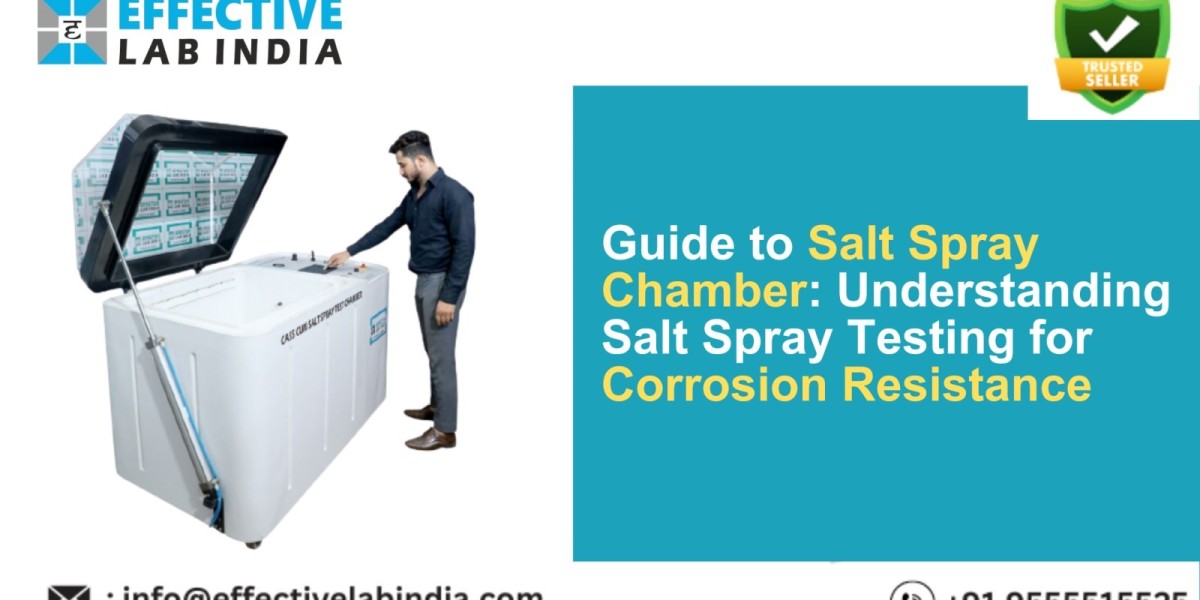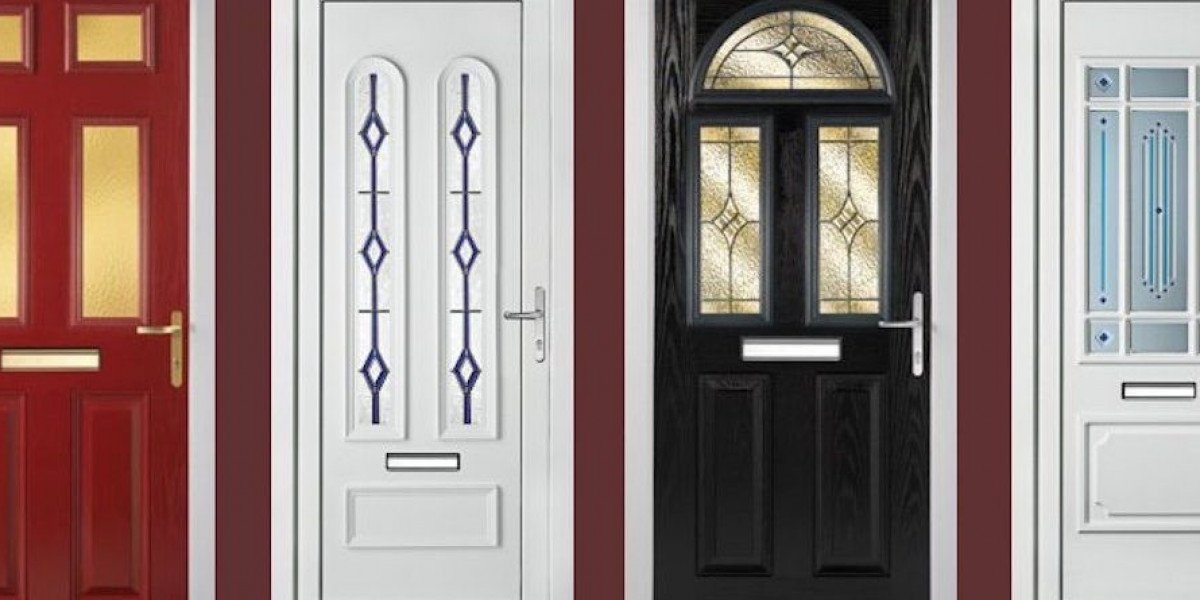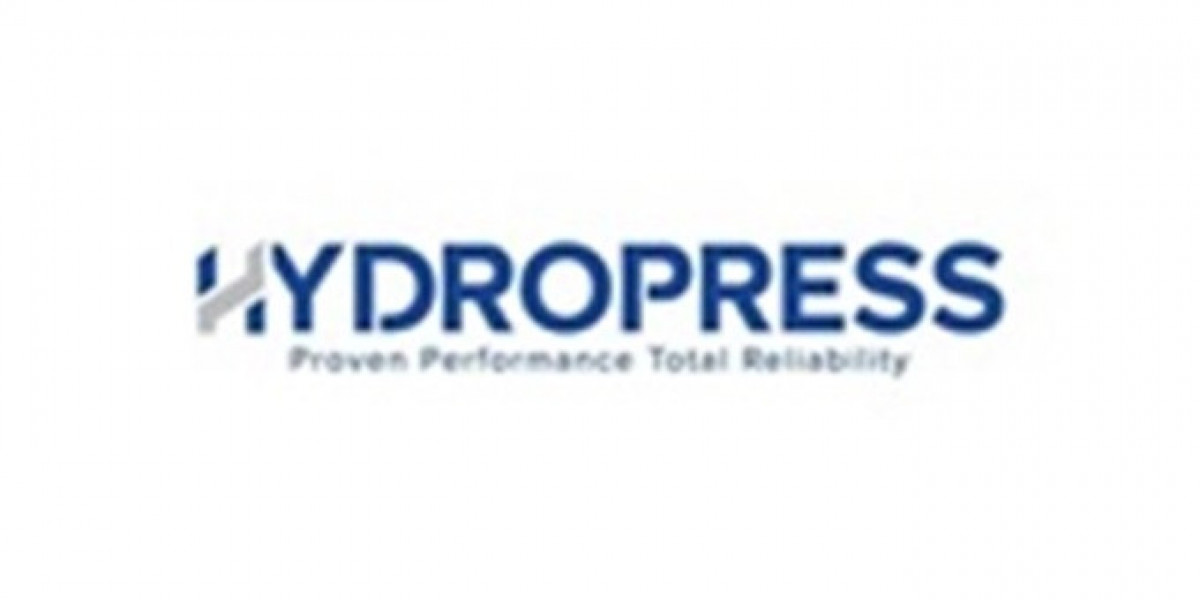A salt spray chamber, often called a salt spray test chamber or a salt fog chamber, is a crucial testing apparatus for assessing a material’s ability to withstand corrosion. Knowing how these machines operate and why quality testing relies on them is essential, regardless of whether you work in the coatings, metals, or automotive parts manufacturing industries. To assist you in making wise judgments, we will go over everything from the fundamentals of salt spray chambers to their cost and manufacturing possibilities in this article.
What is a Salt Spray Chamber?
A salt spray chamber is a regulated setting used to test a material’s resistance to rust and degradation by simulating corrosive conditions. In order to evaluate how well test samples resist prolonged exposure to extreme circumstances, they are subjected to a saline mist in a procedure known as salt spray testing or salt fog testing.
Importance of Salt Spray Testing
Over time, corrosion can seriously deteriorate materials, reducing the lifespan and functionality of products. For manufacturers, the salt spray test is an essential technique, particularly in sectors such as automotive, aerospace, marine, and metal fabrication. Because it mimics actual conditions, it enables producers to:
- Ensure material durability.
- Validate product quality.
- Identify weaknesses in protective coatings.
Types of Salt Spray Test Chamber
Salt spray chambers come in various forms, depending on specific testing needs:
- Standard Salt Spray Chamber: These are the most common and perform basic salt fog testing. They are used for testing materials like metals, coatings, and automotive parts.
- Cass cum Salt Spray Test Chamber: These advanced models perform CASS (Copper-Accelerated Acetic Acid Salt Spray) tests. CASS testing evaluates coatings on non-ferrous metals, especially aluminum.
- Custom Salt Spray Chamber: Some manufacturers offer custom-built chambers tailored to specific testing requirements. These may vary in size, functionality, and automation features.
How Salt Spray Testing Works
In a salt spray test, the chamber subjects samples to a fine mist of saline solution. The chamber meticulously regulates the atmosphere, adjusting variables such as temperature, humidity, and saline solution concentration to meet ASTM B117 or ISO 9227 testing requirements.
- Preparation: The samples are cleaned, coated, or prepared according to the specific test method.
- Testing: The chamber is filled with a saltwater solution, and mist is sprayed onto the samples for a specified period, typically ranging from 24 hours to several weeks.
- Evaluation: After the test, the samples are inspected for signs of corrosion, rust, or pitting. Based on the results, manufacturers can determine the quality and durability of the product.
Salt Spray Chamber Price in India
The size, model, features, and manufacturer of the salt spray chamber all affect its pricing. Depending on these parameters, a conventional salt spray chamber in India might cost anywhere from ₹2 lakhs to ₹10 lakhs or more. A custom or CASS test chamber’s enhanced features usually come at a higher cost.
Top Salt Spray Chamber Manufacturers in India
Picking a reliable manufacturer who has a track record of producing high-quality testing equipment is crucial when buying a salt spray chamber. Indian manufacturers that are among the top ones include:
- Effective Lab India: Known for producing durable and accurate salt spray test machine, Effective Lab India is a top choice for industries requiring precision in corrosion testing. They offer both standard and CASS cum salt spray test chamber.
Choosing the Right Salt Spray Chamber
When selecting a salt spray chamber, it’s important to consider the following:
- Test Standards: Verify that the chamber satisfies applicable international standards such as JIS, ASTM, or ISO.
- Size: Make sure the chamber you select can hold your test samples.
- Automated chambers equipped with sophisticated control systems provide more accuracy, albeit at a higher cost.
- Manufacturer assistance: Choose a manufacturer who provides dependable after-sale assistance and customer service.
Factors Affecting Salt Spray Test Machine Price in India
The cost of a salt spray test machine can vary due to several factors, including:
- Size and capacity: Larger test pieces or chambers that can contain more samples are typically more expensive.
- Material: Although stainless steel chambers are more costly, they are stronger and resistant to corrosion.
- Advanced Features: Cost is typically greater for devices with features like humidity management, automatic temperature control, and multi-mode testing.
- Brand Reputation: Reputable companies that have a history of producing high-quality testing equipment typically charge more.
CASS Cum Salt Spray Test Chamber
The CASS (Copper-Accelerated Acetic Acid Salt Spray) test, a more aggressive variation of the classic salt spray test, frequently tests non-ferrous metals like zinc, aluminum, and electroplated coatings. Enterprises handling these materials rely on the CASS test chamber, specifically designed to conduct this type of testing.
Conclusion
To make sure that materials used in a variety of industries are strong and resistant to corrosion, salt spray testing is essential. Knowing the many kinds of salt spray chamber, their costs, and their characteristics will help you, as a producer or quality control specialist, make an informed choice when purchasing testing equipment. By ensuring that your products satisfy the highest quality standards, you can increase customer satisfaction and long-term product performance with the correct salt spray test machine.









